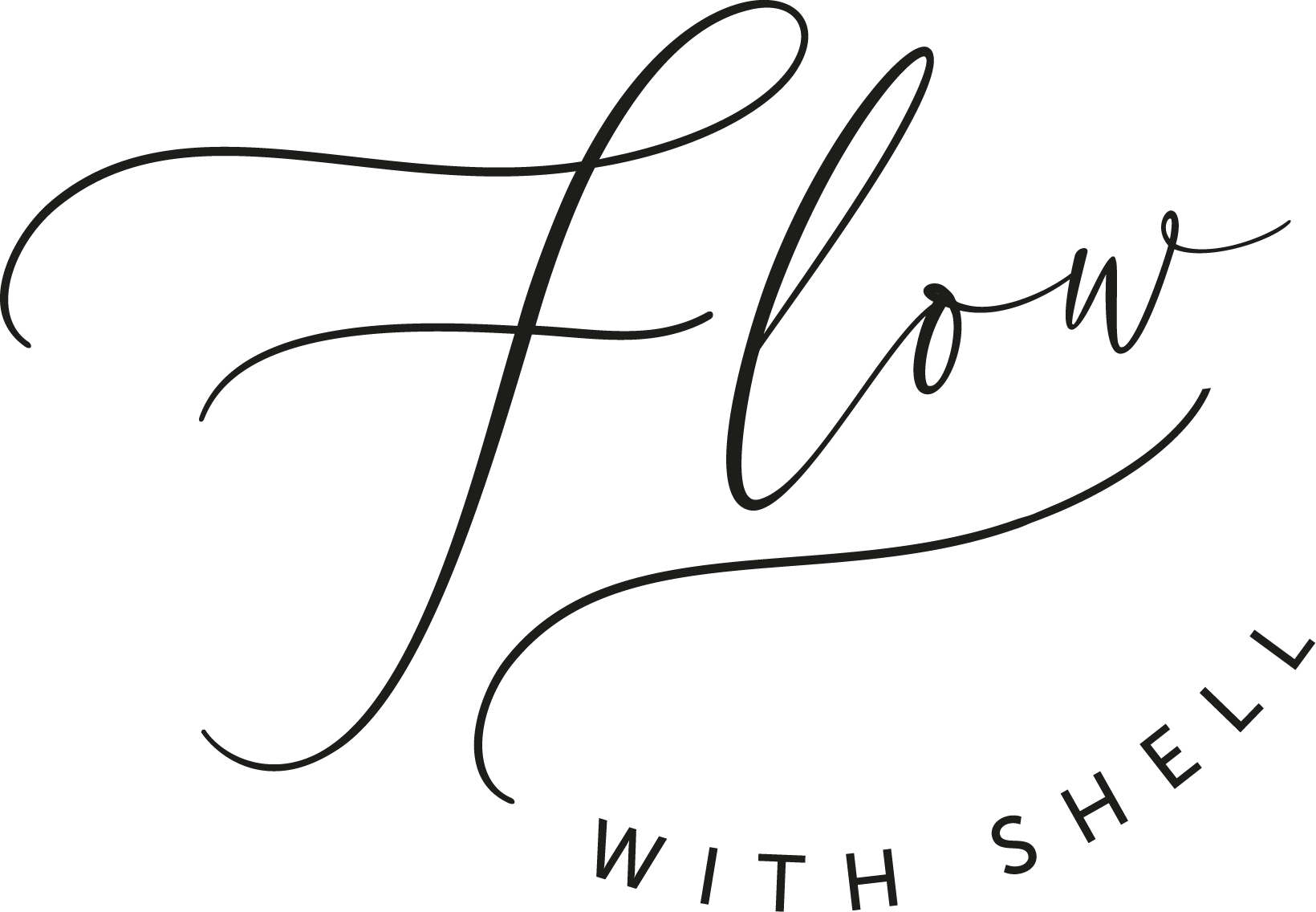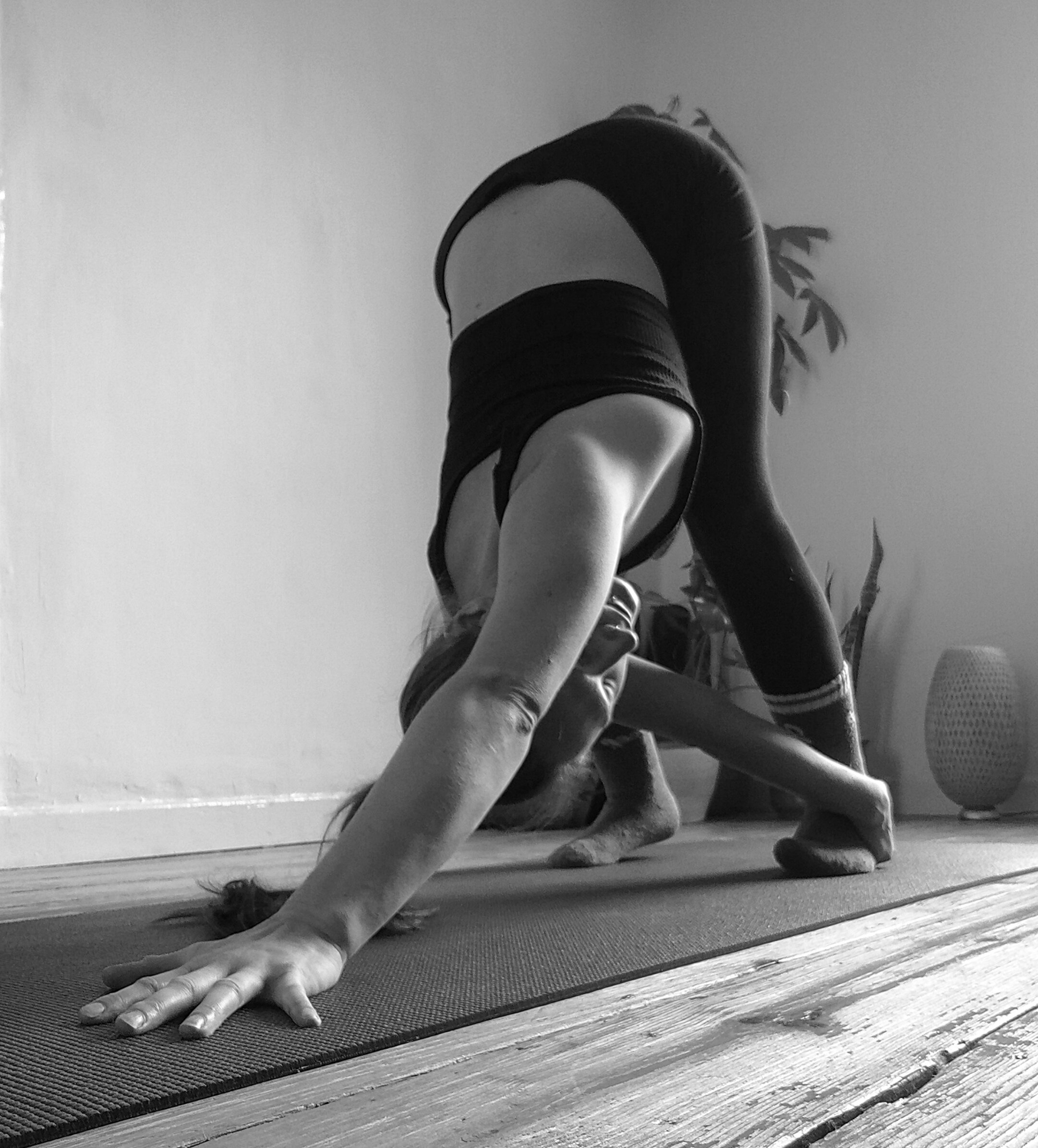Benefits of inversions - Heart over Head
Inversions - 'Heart over Head' Benefits of Inversions, By Shell Toll
What comes to mind when you think of the word 'inversion'? Back when I started my yoga journey I thought that doing an inversion meant being upside down, an easy mis-conception when you take the literal meaning of inversion and apply it to standing on your feet. But in the yoga world, it means something a little different, it means to have your heart above your head, so essentially yes you are upside down, but not always entirely. You can still do an inversion with your feet on the floor!
More common inversions in a yoga asana practice are downward dog, dolphin and forward folds, and then of course you have the handstand, headstand, shoulder stand and forearm stand that may seem a little more obvious.
Inversions have a huge range of benefits on the body; physical, energetic and emotional. It's great to be aware of these benefits and also to approach an inversion, or any yoga practice, with compassion and kindness, as they can be challenging too.
Physical benefits:
More accessible inversions can help bring awareness to our foundations. The way we place our hands and feet on the floor will have an effect on alignment throughout the whole body, so it's important to take extra time in these poses and keep coming back to foundations to refine over time.
Inversions help improve circulation and mental function by using the weight of gravity to bring blood back towards the heart and brain. When the legs are lifted we are also helping to move stagnant energy in the legs which is a really common symptom from being on our feet all day or sitting at a desk. A more restorative way to do this is 'legs up the wall' pose.
Improved sense of proprioception, knowing where your body is in space. In inversion practice this relates to knowing what your body is doing when you can't see it, especially in headstands or more advanced postures. When the body is correctly aligned we are putting less pressure on parts of the body that aren't meant to be taking the weight, which is why this practice can be incredibly challenging when starting out. When poses start to feel lighter the body is more balanced and aligned and you are using more of your bone structure to help hold you up rather than muscles doing all of the work. I'm a huge fan of taking videos of my practice to help me understand proprioception and if you work with a partner then a second eye and a spot is a great idea too.
With regular practice inversions can improve your overall sense of balance and strength, and personally I find these two come together very well. The more we bring awareness to specific muscle engagement the more we find a better sense of balance. For example, when we engage the legs in a dolphin pose or downward dog, it helps to balance the weight more equally between the hands and feet, leaving us feel more centered. In a handstand when we engage the glutes fully and squeeze the legs together we find a better sense of balance and when we are able to balance for longer our endurance improves, thus going hand in hand. Did you know your bones also get stronger when you apply pressure? Yoga is great for increasing bone density and staying strong as we age.
Energetic benefits:
From forward folds to handstands, inversions are a great way to boost your energy and feel an overall improved sense of vitality. Infact, the more you practice yoga in general the more you'll start to connect with your body and understand what postures work for you to help either lift your mood or encourage you to relax. What an amazing super power to have; knowing exactly what your body needs! And it was here all along... just took a little effort to find it :)
Emotional benefits:
Power! More advanced inversions are quite commonly 'those things we thought we'd never do'. What an incredibly feeling it is when you realise you can! My body impresses me more everyday with it's capabilities and the way it decides to communicate with me through practice.
Inversions are fun! It's great fun to learn a new skill and refine it over time. It can connect you with like minded individuals and find you a community that understands and supports you in a different way (especially if all your friends think you're slightly mad wanting to stand on your hands all day!). When working with others we build trust and are required to communicate our needs clearly.
Improved confidence and trusting ourselves. Learning to trust yourself is an incredible life skill, and also learning to love yourself when perhaps we made a misjudgement, we are human after all!! This is a prime example of how we can apply what we learn on the mat to moments off the mat, which is why we call yoga a practice, we are practicing life skills on the mat. One of the keys to leading a balanced and happy life is to embrace the 'bad' feelings with good... without the sad there is no happy, without the dark there is no light. How much can we learn to accept negative emotions and simply observe them when they arise? By putting space between an emotion and a reaction we can respond from a more rational part of our brain. In inversion practice I encourage my students to take moments of stillness throughout practice to recalibrate the body and come back to the breath.
Staying Safe:
Don't force it. When it comes to things like alignment, remember that flexibility plays a huge part. Forcing flexibility or over stretching can cause injury and it's not worth it so approach your practice with compassion, these things take time. Building strength also takes time and sometimes the stronger practice is the one where we choose to work on building foundations.
Acknowledge your boundaries. One of the most challenging things in yoga asana practice is that we are all at different stages in our journey. There will always be someone more advanced than us at the thing we are trying to do and sometimes they will be on the mat next to us in class! Yoga is about letting go of the ego and accepting ourselves fully in the present moment.
Some inversions when not done correctly put a huge amount of pressure on the spine that can lead to injury, if you are unsure or just starting out then I highly recommend you start practicing with a teacher you trust and connect with for safe guidance.
Love yourself and take a breath when the going gets tough. The yoga journey is challenging at times, but doing inversions should be fun! If you start to feel like your practice doesn't bring you joy and increased moments of frustration then pause and take a step back to observe. Sometimes the body will ask you for a break especially if you are more connected to a yang style of practice.
Thankyou for reading! If you have any questions about your inversion practice then please reach out, and remember there are no silly questions :) Shell <3


